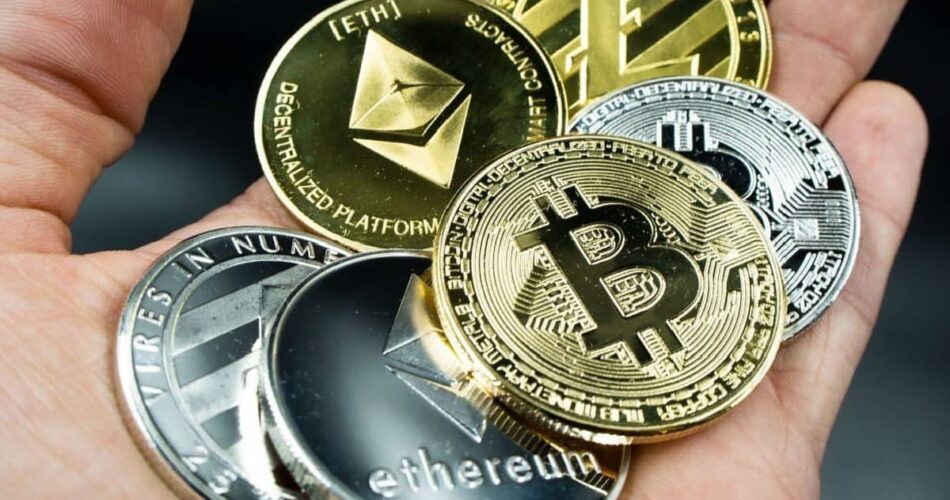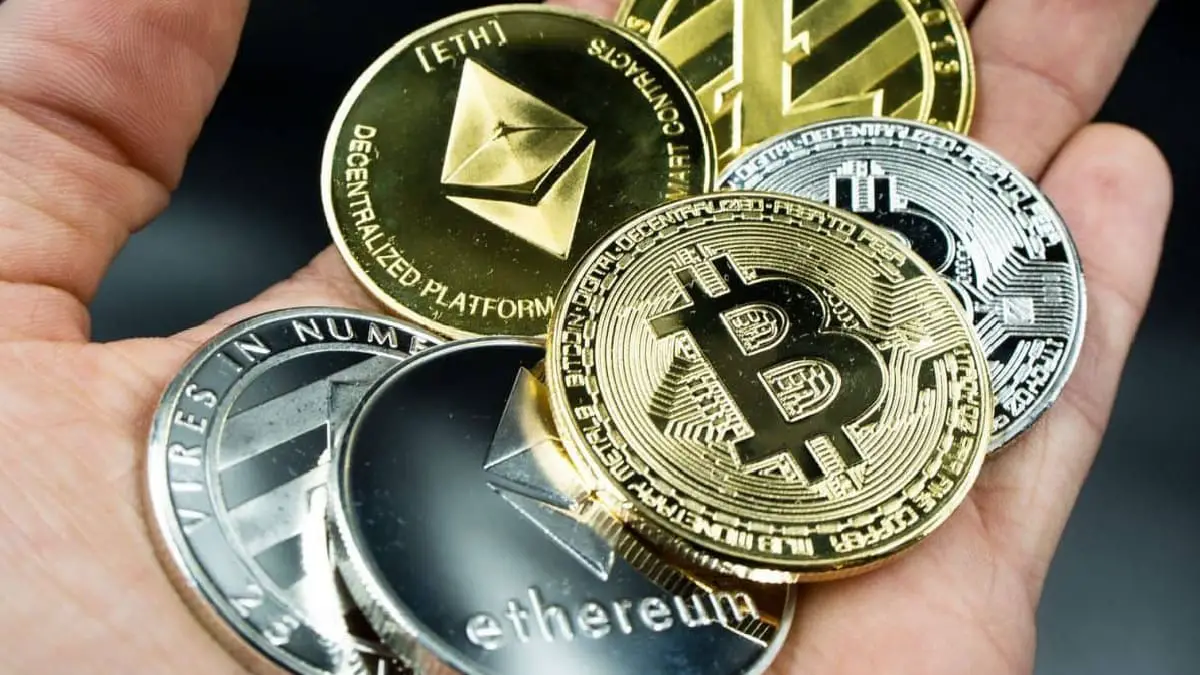Every cryptocurrency that was not Bitcoin (BTC) was called an altcoin at first. The reason was simple. These early projects were all direct copies of the source code of Bitcoin. There was nothing unique about them that would warrant them a different term. So alternative coins (altcoins) were a term that suited them well.
The community did not even think much about these other tokens because of the potential that BTC had. It was, by far, the leader in every parameter, be it mainstream adoption, use cases, or price growth in the future.
The Fall Of The Term ‘Altcoins’
– Advertisement –
However, the situation started to change when Ethereum’s platform of smart contracts started getting attention. This platform can produce tokens with smart contracts – a cryptocurrency that can autonomously carry out intelligent tasks.
This was the first spark that made the community differentiate the terms altcoins and tokens. Altcoins became coins that possessed a blockchain. Tokens became cryptocurrencies that were made on platforms using smart contracts.
Then, with the rapid scaling of several blockchain projects, Bitcoin’s dominance began to fall. The community began to notice weaknesses regarding the correlation between BTC and other coins. More and more interesting projects started popping up which gradually reshaped the perspective of the crypto market towards cryptocurrencies.
– Advertisement –
Today, each altcoin has a unique feature set that sets it apart from everyone else. It is related to things like consensus algorithms, mining mechanisms, scripting language, and transaction management.
The collective understanding of the crypto space is rapidly improving. With the influx of social media influencers into the cryptocurrency community, complex jargon is being converted into easily understandable information. The community understands that precise classification implies the ability to locate new projects that are good earlier. As such, altcoins are just too vague of a term today.
Source link




